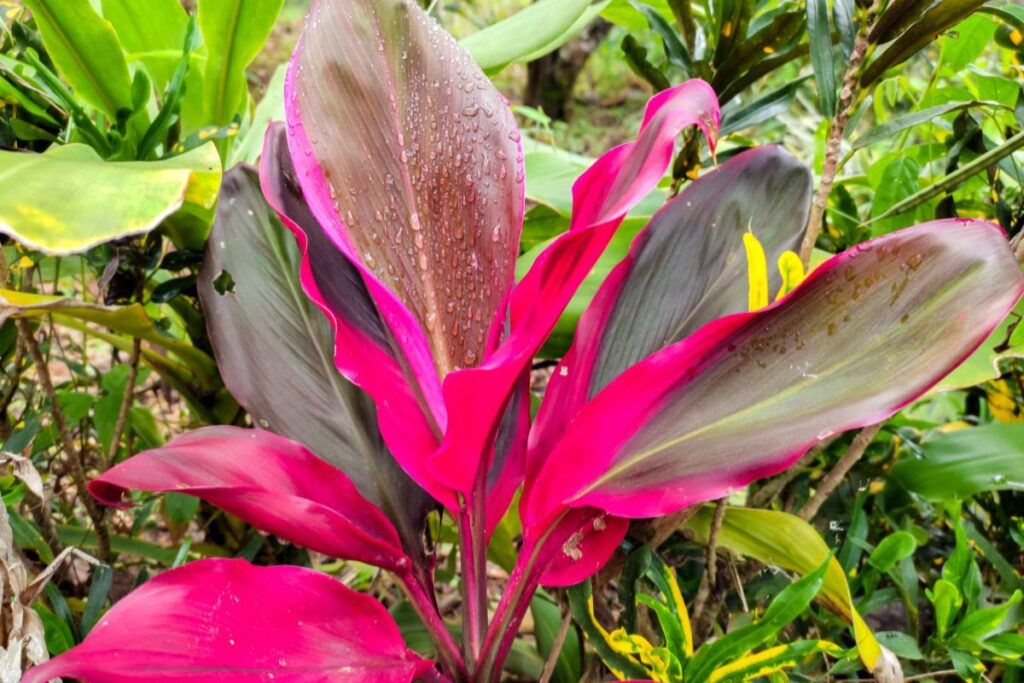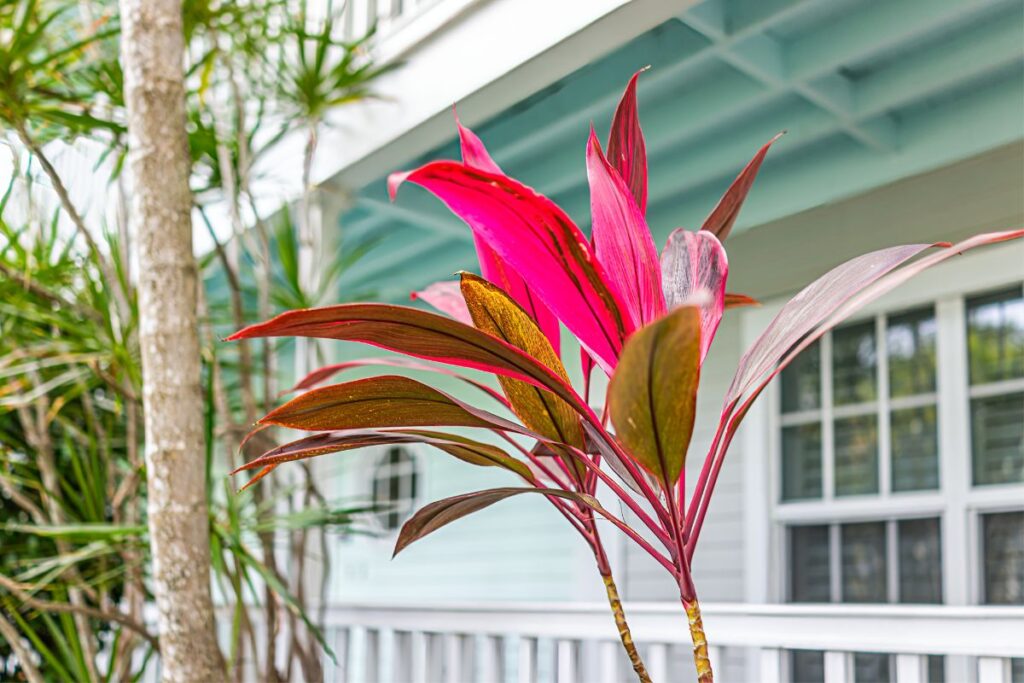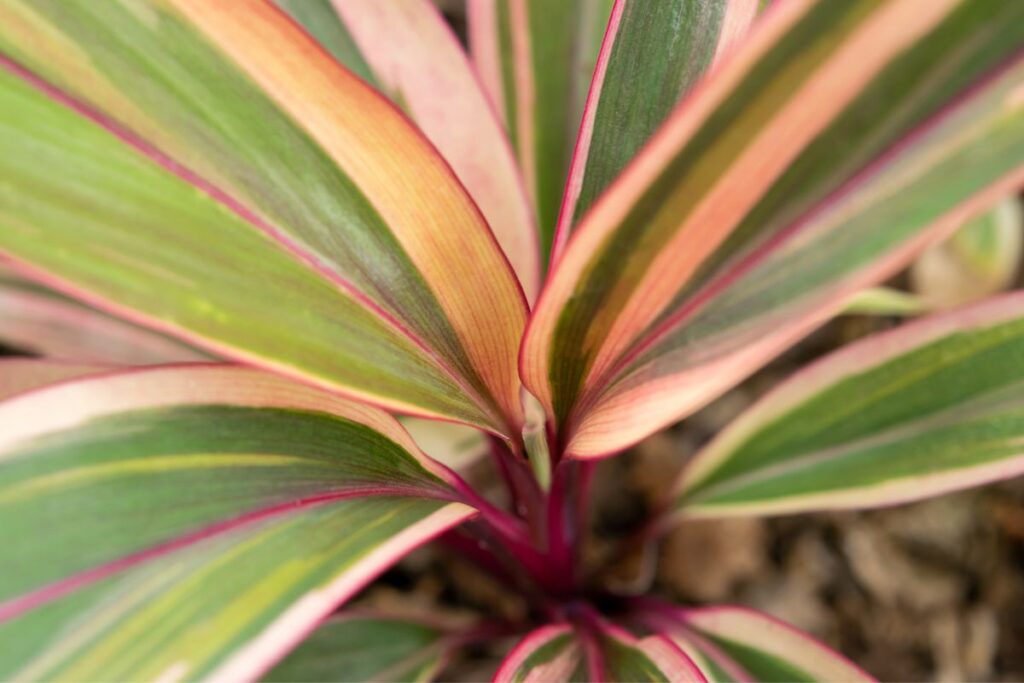Are you interested in palm lily care? It’s a great plant to have, and it doesn’t require much maintenance. In this guide, we’ll cover everything you need to know about properly caring for your palm lily. From light, water, soil, fertilizer and temperature requirements to pruning tips and how to propagate the plant, you’ll be able to ensure your palm lily has everything it needs to grow healthy and strong. Let’s get started!

Contents
Palm Lily Care
Light Requirements
You’ll need to provide your palm lily with plenty of bright, indirect light to keep it happy. Sun exposure is key for optimal growth and a healthy plant. If you’re able to give your palm lily four or more hours of direct sunlight each day, that would be best. However, if this isn’t possible, an east-facing window should provide enough light for the lily’s needs. Additionally, make sure your pot size is adequate and has drainage holes so excess water can escape in order to prevent root rot. With these simple steps, you’ll ensure that your palm lily thrives!
Water Requirements
Watering your plant frequently is key to keeping it healthy. Palm lilies need a consistent level of moisture throughout the growing season, meaning you should water them when the soil feels dry to the touch. The frequency will vary based on factors like light and temperature, so pay attention to how quickly the soil dries out. To irrigate properly, use shallow watering methods such as drip irrigation or sprinklers instead of drenching the soil with a hose. And make sure your pot has good drainage solutions in place like holes at the bottom, so excess water can evaporate and not cause root rot or other issues. Following these guidelines will keep your palm lily happy and healthy for years!
Soil Requirements
Palm lilies need soil that is rich in nutrients, drains well, and has a slightly acidic pH level. To ensure your palm lily will thrive, it’s essential to pay attention to the composition of the soil you use. The ideal soil should contain organic matter for nutrient content as well as a material like perlite for drainage needs. Additionally, it’s best if the acidity levels are slightly acidic with a range between 6 and 7 on the pH scale. Providing these requirements will help keep your plant healthy so you can enjoy its beauty for years to come!

Fertilizer Requirements
Fertilizing your palm lily is an important part of its care, and it’s necessary to provide the right type of fertilizer at the right times. For container gardening, you should look for a balanced fertilizer with equal parts Nitrogen (N), Phosphorus (P), and Potassium (K). To ensure that your palm lily has enough nutrients throughout the growing season, mulching techniques can be used in combination with regular fertilizing schedules. Palms are usually fertilized twice a year; once before new growth emerges in spring and again in mid-summer. Be sure not to overfertilize your plant as this can have serious consequences on its health.
Temperature and Humidity Requirements
To keep your plant healthy, it’s important to provide the right temperature and humidity levels. Heat control is key: palm lilies prefer temperatures between 65-75°F (18-24°C). If the room gets too hot, place a fan nearby for air circulation. Humidity levels should be kept between 40%-70%. Keep an eye on it – if the leaves start turning brown, increase the humidity by misting or placing a humidifier in the room. Remember to keep your palm lily away from cold drafts and direct sunlight!
Pruning Requirements
Regularly prune your palm lily to promote healthier growth and fuller foliage. Pruning is essential for keeping the plant in its best shape, regardless of its size or flowering habits. Depending on the growth rate of your palm lily, you may need to prune it every few weeks. To ensure safety when pruning, make sure to wear gloves and use sharp gardening tools that are regularly cleaned with rubbing alcohol. When finished trimming, discard any dead fronds away from the area where you’re working. Regular pruning can help maintain a healthy palm lily while also encouraging lush new growth!
How To Propagate The Palm Lily
Now that you know the pruning requirements of a Palm Lily, you may want to consider propagating it. Propagating your own Palm Lily is possible by following some simple steps and using the right propagation techniques. To begin, choose healthy and mature seeds for your new plant. Make sure to select them carefully since these will be the basis of a successful propagation process. Next, prepare a potting mix that is rich in organic matter and well-draining. This will provide the best environment for your seedling to grow healthily. Finally, sow the seeds with adequate depth and keep them moist until they germinate. With these simple tips, you can easily propagate your own Palm Lily!

Common Pests And Diseases
Inspecting your Palm Lily regularly is essential to prevent common pests and diseases. Noticing early signs of pests or diseases can help you eliminate them before they cause severe damage. When inspecting, look for visual cues like wilted leaves, discoloration, holes in the leaves, and spots on the stem. Identifying the type of pest or disease will help you determine how to best treat it using natural remedies. In some cases, quarantine may be necessary if a large number of plants are affected.
It’s also important to keep up with basic care practices such as watering when needed and providing adequate sunlight. This will help keep your Palm Lily healthy and mitigate the risk of pests and diseases developing in the first place. If any problems occur despite these efforts, contact a professional for assistance in identifying and treating any issues that arise. With proper attention and care, your Palm Lily can remain free from pests and diseases all year round!
Conclusion
You’ve done it! You now know how to care for a palm lily like an expert. Make sure to provide plenty of light, water, and soil that is rich in nutrients. Monitor the temperature and humidity levels regularly, and don’t forget to prune your palm lily when necessary. Finally, if you want more plants, you can propagate your existing one with ease. With proper care and attention, your palm lily will thrive for years to come. Congratulations on becoming a successful plant parent!
